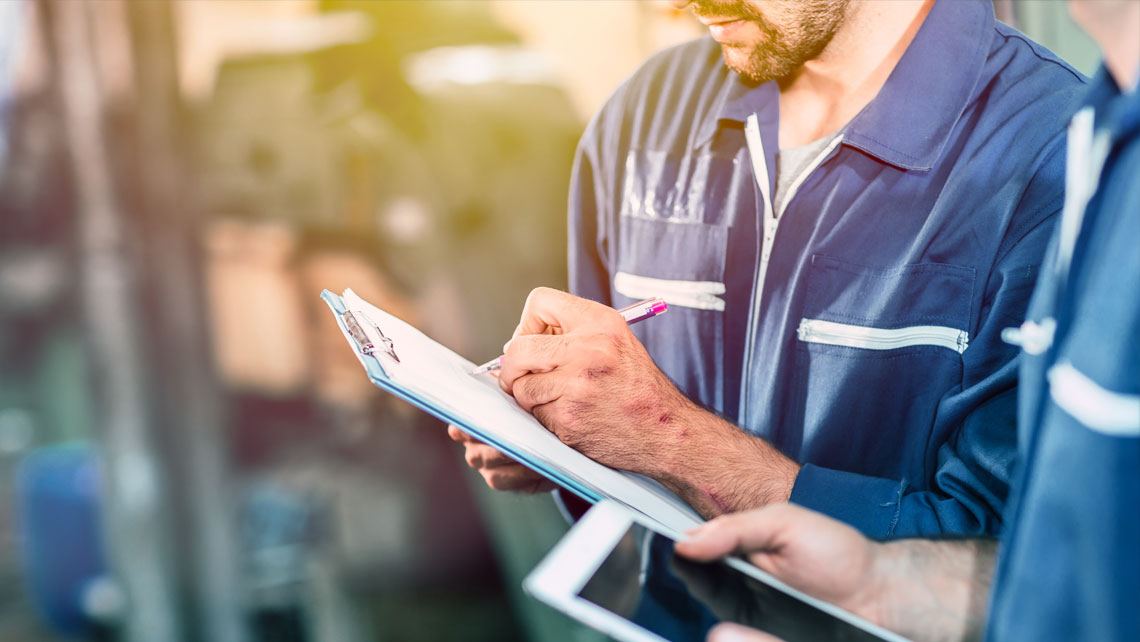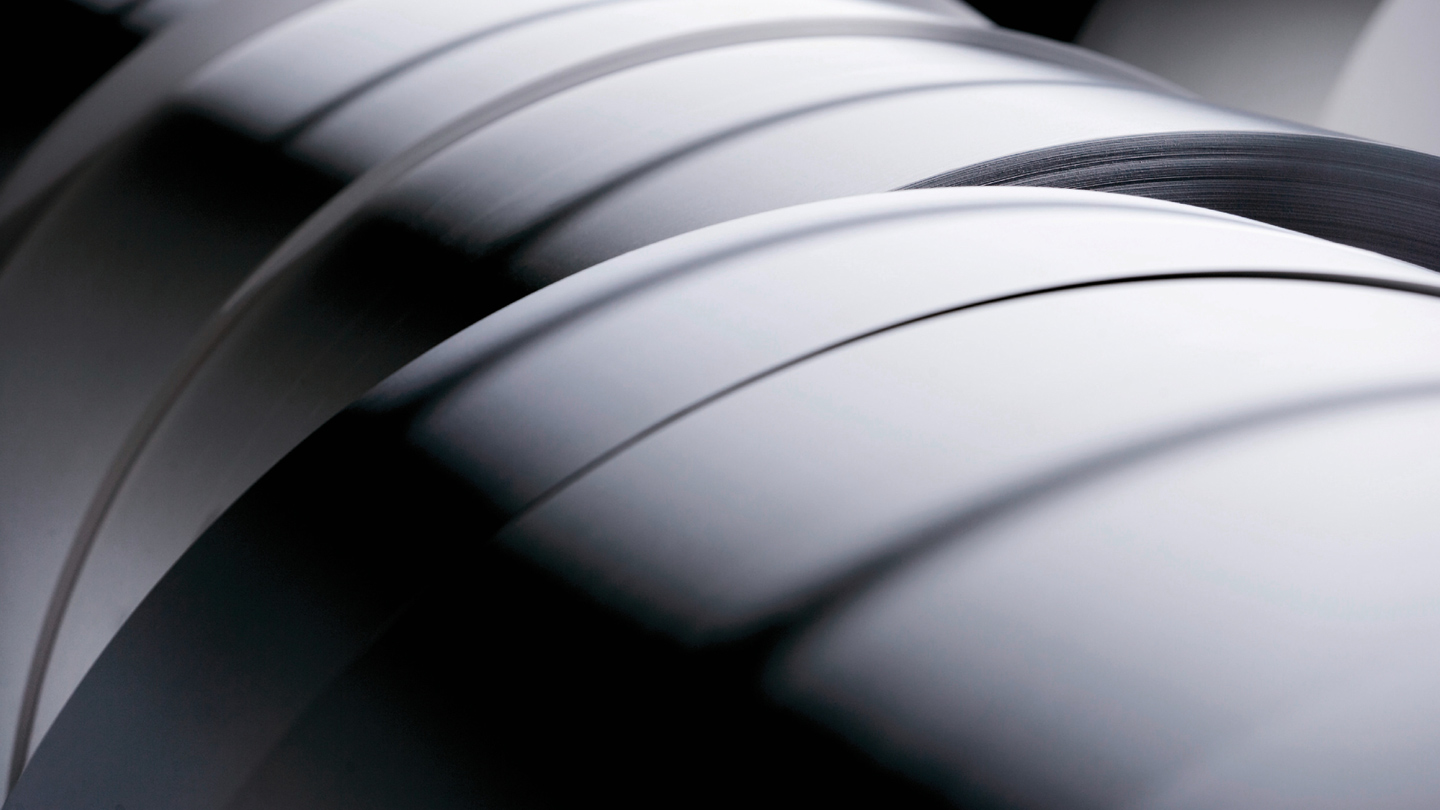In our recent webinar, we talked to Ari Kiviranta Senior Vice President, Development at Metsä Board, a leading producer of paper board. Kemira’s Director of Application Development, Antti Pirneskoski, also weighed in. Both have been experimenting with predictive analytics, AI, and other technology for a few years now. We asked them to dig into digitalization beyond the buzzwords. Here’s what they had to share.
Exploring the possibilities
You have to start somewhere. Ari tells Metsä Board began by exploring how new technologies could improve production. “We decided to see how AI could be useful in production because it’s the largest part of our operations. We began with smaller proof-of-concept projects. For each one that was promising, we would establish a proper project. This allowed us to test different suppliers and ideas.”
One of the first tests? Soft sensors. “These analyze and predict product quality,” Ari explained. “As a high-end board maker, quality is very important for us. We have certain online measurements that are standard like grammage, strength or moisture. However, there are also quite a few paperboard properties that can’t be measured online. Still, they’re critical for our customers.”
With new digital solutions, now Metsä Board can predict these qualities based on the running parameters from their machine. “For example, we can predict the delamination strength of paper board based on the recommendations from the system,” Ari says.
The next step is predicting what happens beyond Metsä Board. “We’re trying to see what’s going to happen in our customers’ converting processes. For instance, what is the runnability of white kraftliner on a corrugator, or similar topics.”
Gaining better control of chemistry
According to Ari, another advantage of predictive analytics is the improved control of chemistry. “We have some chemistry experts in-house but, in many paper and board mills, that knowledge is not widespread. And the chemistry is complicated. There are many factors to consider, how they interact, and how they affect product quality, runnability as well as our ability to keep the machine clean.”
That’s why Metsä Board uses Kemira’s Predictive Wet End – a digital solution for more stable wet end chemistry. “It’s the key to solving issues like runnability, end-product quality, and machine efficiency,” explains Antti Pirneskoski from Kemira. “With these tools we can open up the ‘black box’ of chemistry for operators and give them clear guidance – all while keeping them focused on the day-to-day operations at the mills,” he adds.
Antti continues, “With real-time chemistry and performance data we can optimize chemistry control. Additionally, combining this information with the performance and status data from the other points of the paper and board making process means we can identify the chemistry-related correlations more broadly. That improves overall performance and prevents costly problems.”
Part of the equation for success, however, goes beyond Kemira’s Predictive Wet End, and even beyond Kemira’s partnership with Metsä Board. “There’s a whole ecosystem of players,” Antti says.
Understanding the ecosystem
Ari thinks of the ecosystem as including three main groups of players: paper and board makers, AI and technology partners, and customers. “We need artificial intelligence partners,” he says. “We are not the guys who are going to build the systems or do the programming. In theory, we could work with anybody with AI expertise, but for us, we want to know, what is their knowledge of our processes or products? If we chose a partner who wasn’t familiar with our processes, then we would have taken the whole first year teaching them. So that combination is important for us.”
According to Ari, the second group of partners are technology providers like Kemira, as well as machine suppliers. “We need them to provide their knowledge of chemistry and physics.” In fact, Kemira brings both chemistry and AI know-how to the collaboration. “It’s a good example of an ecosystem in action,” Antti adds. “First, you have Metsä Board. Then there’s Kemira with our chemistry and expertise on the board making process. And, finally, we bring our technology partner who is managing the AI solutions.”
Last but not least, the other major group in the ecosystem includes customers like the converters, the paper board users and brand owners.
Predictive analytics have helped us predict disturbances and identify phenomena that impact machine runnability.
The value of predictive analytics
When it comes to the benefits, Ari says that from the production point of view, the cooperation with Kemira has improved efficiency. “Whether we have one wet break per day or one wet break per month, that makes a huge difference for our productivity. Predictive analytics have helped us predict disturbances and identify phenomena that impact machine runnability,” he explains.
Ari points out that customer feedback is almost always good. “But on days when it’s not, it’s usually not about the paper board properties that we can measure at the mill like grammage, strength or bending stiffness. It’s almost always something that we cannot properly measure. That’s one of the drivers for using these new digital solutions; we want better control of the things that are difficult to measure.”
Predictive analytics support sustainability. If we have better control of the chemistry then we can use less water and energy.
Antti adds that sustainability is another value driver. “At Kemira, we are improving our own sustainability performance, but we also think it’s important to give our customers like Metsä Board the tools to reduce their environmental impact.” Ari agrees “Predictive analytics absolutely support sustainability. For instance, if we have better control of the chemistry then we can use less water and energy,” he says.
Future of digitalization
While digitalization is already creating value in terms of productivity, customer satisfaction and sustainability, both Ari and Antti are looking to the future with great expectations. “I believe our industry is still pretty close to the beginning of our journey,” Ari says.
To hear more insights about digitalization and predictive analytics for the paper and board industry, watch our on-demand webinar on Predictive Wet End.

